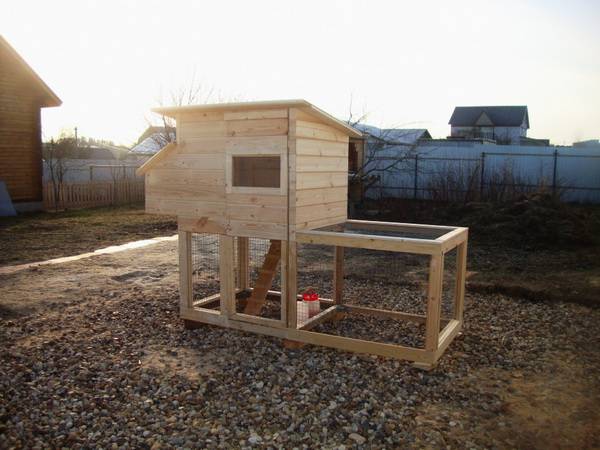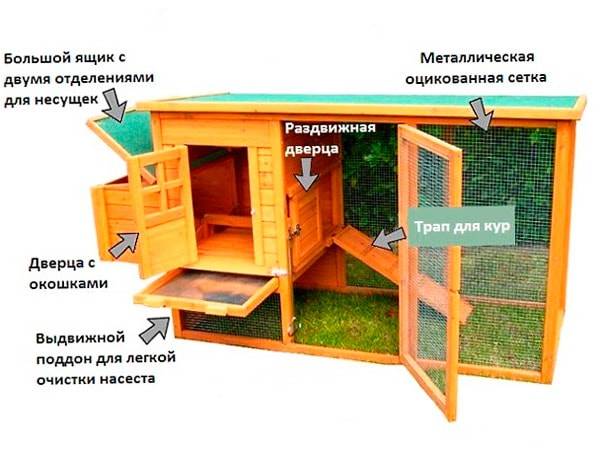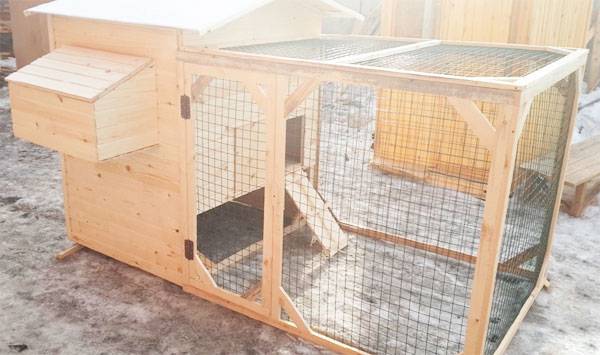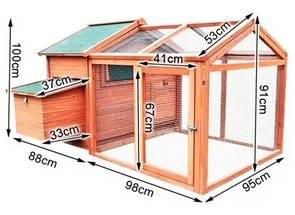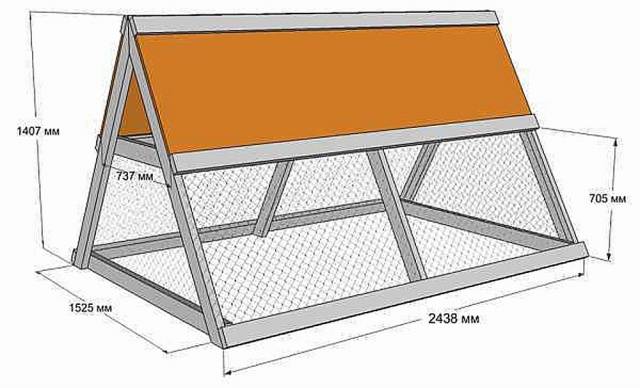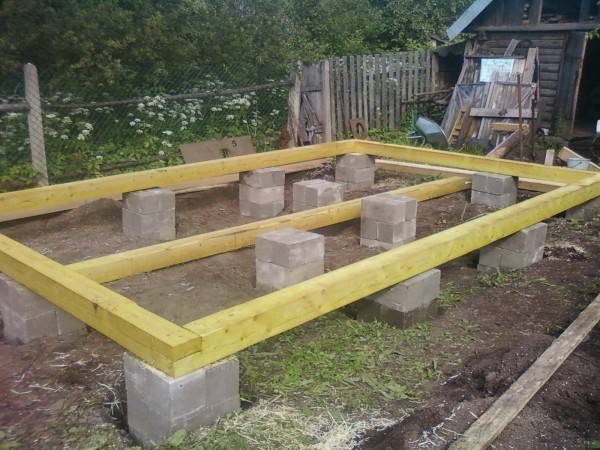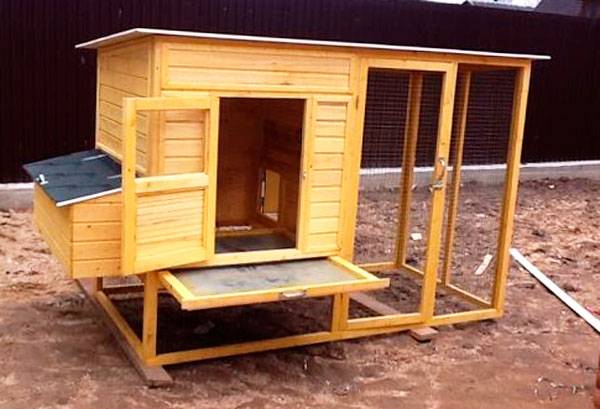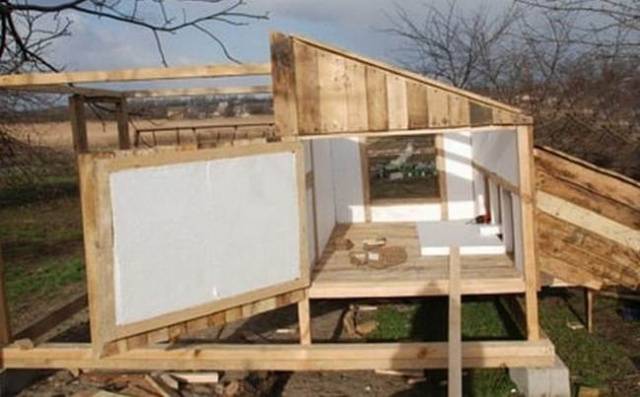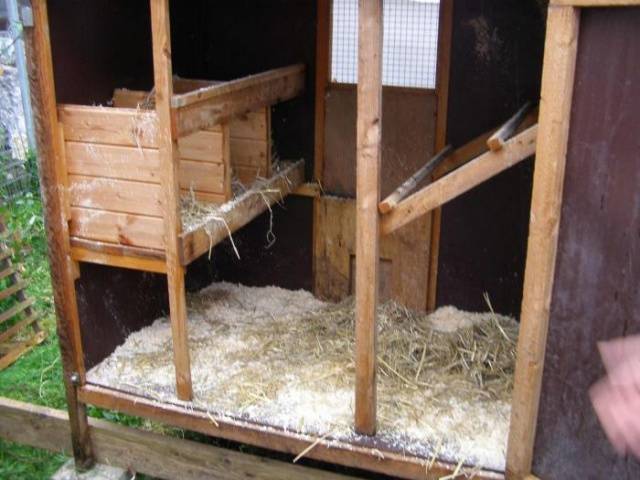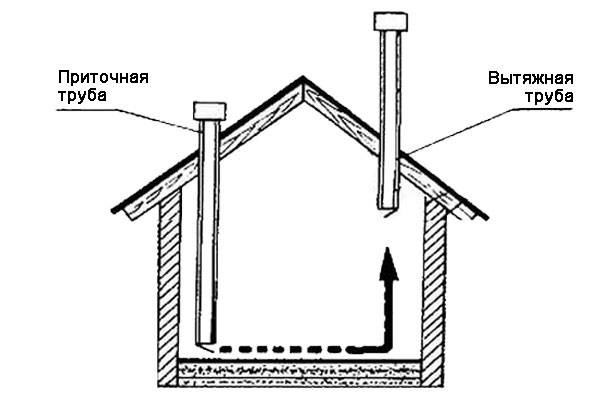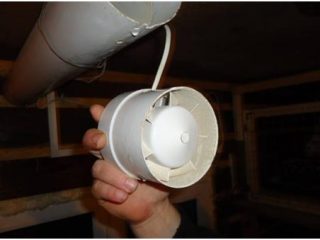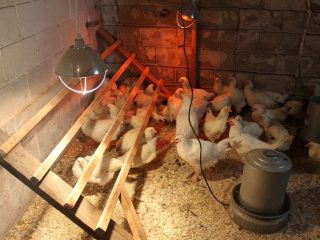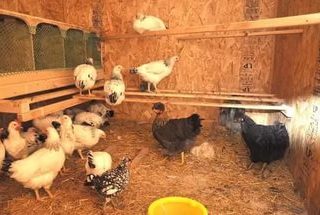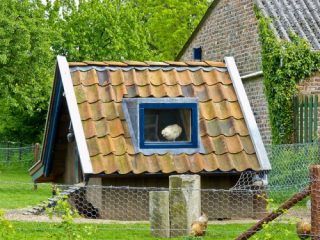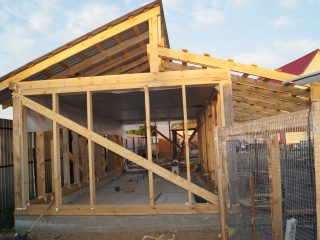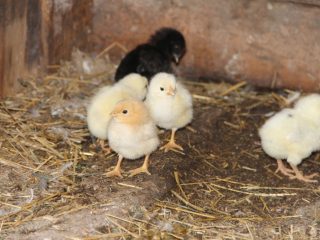Content
A small plot of land does not allow you to start a large farm consisting of pigs, geese and other livestock. But this does not mean that everything is so hopeless. If you wish, you can assemble a mini chicken coop with your own hands, designed for 5-10 birds. For broilers it is small, but for laying hens it will be just in time. Moreover, to obtain fresh eggs it is not necessary to keep a rooster in a small flock.
Design features of a small chicken coop
Good help for mini owners chicken coop in the country, allowing you to keep several layers in the summer. A special feature of the poultry house design is its minimum size with maximum head capacity. We'll figure out what this means now. In summer, chickens come inside the house to roost and lay eggs. They spend the rest of the time in the enclosure. To get a chicken coop for 5 chickens, you will need to put together a small wooden house from boards, plus a mesh run twice as large in area. Now, let’s say the owner wants to have 10 chickens, but there is not enough space on the property for an aviary. In this case, the paddock can be expanded to include the space where the chicken coop is located, and the house itself can be made into a second floor.An example of such a poultry house is shown in the photo.
To install a mini chicken coop for 5 birds, you need to choose a place that is not blown by the winds. The area should be partially covered and illuminated by the sun. A hill is good for a small chicken coop, from which you can organize the outflow of rainwater.
Now let's figure out the area of such a chicken coop. According to existing standards per 1 m2 2-3 chickens are allowed. This means that the minimum area of a house for 5 heads should be 2 m2, and the walking distance is 4 m2. For 10 chickens you will have to build a house with an aviary twice as large.
As for the dimensions of the poultry house, the house has an area of 2 m2 made in sizes 1x2 or 1.5x1.5 m. For ten chickens, these dimensions are doubled.
What does a chicken coop for 5–10 birds consist of?
If you decide build a small poultry house in the country, then it’s better to make it portable. Of course, a chicken coop for ten chickens is more difficult to move than a house for five chickens, but if you want, you can do it. A mobile poultry house is convenient because it can always be moved to the right place. Let's say there is a lawn behind the house in the country. The chickens ate all the grass in the enclosure in 2-3 days. The chicken coop just needs to be moved a couple of meters to the side, and fresh grass will grow inside the enclosure again. The photo shows a diagram of such a poultry house. Using it we will now determine what a small chicken coop consists of.
The basis of a portable chicken coop is a frame made of timber. On the left there is a house on the second floor.Free space under the poultry house and on the side is reserved for an aviary. The side walls of the paddock are covered with steel mesh. There is no floor inside the enclosure, which allows the chickens to rake in the ground and peck grass. The top of the poultry house together with the aviary is covered with a waterproof roof. This successful design solution allows chickens to roam outside when it rains.
Now let's look at what a small chicken coop consists of inside. So, there is a pallet under the house. It prevents droppings from falling into the enclosure when cleaning the roost. At the side of the house there is a box with two compartments that act as nests. The poultry house and run are equipped with doors. To make it easier for the chicken to exit the poultry house into the enclosure, a small ladder is installed under the exit.
Sequence of work when making a small chicken coop
Now we will figure out how to build a small poultry house. For clarity, we will present the order of work in photographs. We have already agreed on the dimensions, so before starting construction you need to decide how many chickens you can keep on your summer cottage.
Drawing up drawings
Before starting construction of the chicken coop, you need to prepare drawings. The photo shows an example of a scheme with an aviary attached to the side of the house, and the poultry house itself stands on the ground. The dimensions for this drawing must be calculated individually, according to the expected number of chickens.
A run for five chickens can be made measuring 2x2 or 1.5x2 m. If there is excess free space at the dacha, a large aviary is attached to the stationary poultry house. It will only benefit the chickens. There is an exit from the house to the enclosure.Moreover, it is advisable to position the chicken coop so that the door is on the south side.
The run for a mini chicken coop does not have to be rectangular in shape. The diagram of a triangular enclosure in the shape of a house shown in the photo will help to simplify the task and save material.
The video shows a frame chicken coop for 6–8 laying hens:
Making a foundation and floor for a small poultry house
It should be noted right away that a portable chicken coop does not require a foundation. The foundation is built only for a stationary poultry house. Even if your country chicken coop is designed for 10 chickens, you should not pour a concrete strip foundation under it. A wooden poultry house is lightweight, and the ideal foundation for it is a columnar foundation.
To make a columnar foundation, holes 70 cm deep are dug along the contour of the future poultry house. A cushion of sand and gravel 10 cm thick is poured onto the bottom. The pillars are made from any available material. Laying two bricks is suitable; you can use concrete blocks or simply monolithic pillars poured from concrete. If you have pieces of steel or asbestos pipes 10–15 cm thick lying around at your dacha, you can also make pillars from them. The pipes are simply installed in the pits and then filled with concrete.
All pillars must protrude at least 20 cm from the ground and be located at the same level. If there is an aviary under the house, then the height of the pillars is increased to 60 cm. A couple of sheets of roofing material are laid between the foundation and the wooden frame of the chicken coop for waterproofing.
The floor is laid only inside the house. Let there be better soil in the enclosure. Chickens love to roost and bathe in the dust. A small chicken coop is made from wood, so it is better to lay the floor from boards. The best option for a small poultry house is a design with a pallet. To do this, a floor is knocked down from boards inside the house. A tray with sides made of stainless steel sheet is installed on top. A finishing floor is made of stainless fine-mesh mesh over the pallet. Chicken droppings will fall through the cells into the tray, from where it can be easily thrown out by the owner.
Walls and roof of a small poultry house
So, we have come to the most important stage of building a chicken coop - making the walls and roof. Let's take a step-by-step look at how to make each part of the structure:
- The construction of a small poultry house begins with the manufacture of a frame. It is knocked down from timber with a cross-section of 10x10 cm. First, the lower frame of the poultry house is assembled. Vertical posts are placed from it, after which the top trim is made.
- When the rectangular frame of the chicken coop is ready, begin installing additional racks and jumpers. They form the windows, doors and floor of the house if it is raised from the ground. That is, for a poultry house standing on the ground, the floor of the boards can be laid directly onto the lower frame. If part of the enclosure is located under the house, then the floor jumpers are fixed to the posts at a height of approximately 60 cm from the lower frame.
- The finished frame of the chicken coop is lined with plywood or other similar material from the inside. On the outside of the poultry house, there were cells between the posts made of timber. Any insulation needs to be installed here.You can use polystyrene foam or mineral wool. To prevent the thermal insulation from being chewed by field mice, it is covered on both sides with a fine-mesh steel mesh.
- A hole is cut out in the wall of the poultry house, which goes inside the enclosure, with a jigsaw. Under it, a mount is made from hooks for a removable ladder, which is made from a 30 cm wide board with slats stuffed across it.
- Another door is installed in one of the side walls of the chicken coop. It is needed for cleaning the inside of the house, as well as feeding and pouring water for the chickens.
- Two round windows are cut on the back wall of the chicken coop. These will be the holes into the nest. A removable box with a partition is mounted on the same wall. It plays the role of two nests. A hinged lid is attached to the top of the box with hinges. This design is needed for convenient collection of eggs and filling of litter.
- The run can be made separate from the chicken coop or integral on one frame. The second option is simpler, since the entire poultry house will be under one roof. In this case, part of the frame of the chicken coop with racks, left for the aviary, is covered with steel mesh. If the walk is made separately from the house, then first they knock down the frame, exactly as they did for the poultry house. Then the skeleton is covered with mesh, and a separate roof is installed on top. For any type of enclosure, entrance doors are provided for servicing chickens.
The final step in building a small chicken coop is installing the roof. It can be made gable or single-pitch. Slopes are provided in the opposite direction from the doors so that they are not flooded with rainwater. Attach the roof to the top trim of the frame. The roofing covering chosen is light. A soft roof is ideal. It does not rattle from falling raindrops or hail, as is observed in a metal roof.Excessive noise will irritate the laying hens.
Interior arrangement of a small poultry house
There is very little space inside a small chicken coop, so it needs to be equipped compactly:
- Let's start with the perches. One chicken needs 30 cm of free space on the perch. To make five chickens feel free, the total length of the perch can be increased to 3 m. The poles are made from timber 5–6 cm thick, with the corners rounded with a plane. There is not enough space for a horizontal perch inside a small poultry house. It is better to install it vertically, but with a slope so that the droppings from the chickens in the row above do not fall on the birds sitting on the tier below. It is optimal to maintain a distance of 35 cm between the poles, and remove the first one from the wall by 25 cm.
- A feeder with a jumper or net is placed at one side wall of the poultry house. Such a barrier will prevent chickens from scattering food. A drinking bowl is placed at the other wall of the chicken coop. It is best to use a nipple design so that the inside of the house is always dry.
- Additional feeders and drinkers are placed inside the enclosure. A basin with ash and sand is also installed here for bathing chickens.
- On the outside of the chicken coop, wiring is laid in boxes along the wall. Only the end of the wire goes inside the house, which is connected to a closed type lamp.
Ventilation in a small poultry house is easier to do through a window. If you wish, you can bring two pipes through the roof. The exhaust air duct above the roof is installed above the supply pipe. Inside the chicken coop, the edge of the exhaust pipe is under the ceiling, and the supply air duct is lowered to the floor, not reaching 20 cm.
An example of a supply and exhaust ventilation scheme is shown in the photo. To prevent precipitation from getting into the chicken coop through the air ducts, the pipes are equipped with protective caps.
In the video, a farmer talks about a small chicken coop with a run:
Conclusion
Small chicken coops, although insulated, are still intended for summer keeping chickens. In winter, it is better to move such a poultry house into a large barn or install electric heating inside the house.
